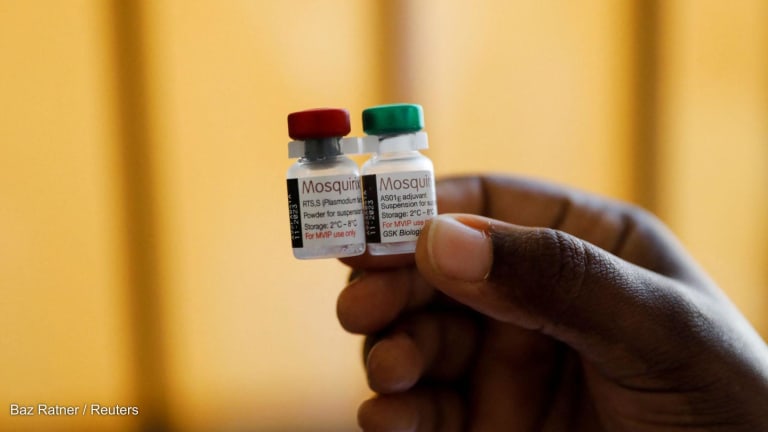As the international development community marked World Malaria Day on April 25, global malaria burden remained alarmingly high, despite new tools and breakthroughs that have sparked cautious optimism among global health experts.
In 2015, the World Health Organization and its partners set a bold vision: a 90% reduction in global malaria incidence and mortality by 2030, with elimination in at least 35 countries. But progress has stalled. The COVID-19 pandemic disrupted supply chains, diverted health financing, and constrained outreach efforts, eroding hard-won gains in prevention and treatment.
In 2023 alone, malaria caused an estimated 260 million infections and 600,000 deaths across 83 countries. Sub-Saharan Africa accounted for a large share of these cases, with children under five constituting the most vulnerable group.








